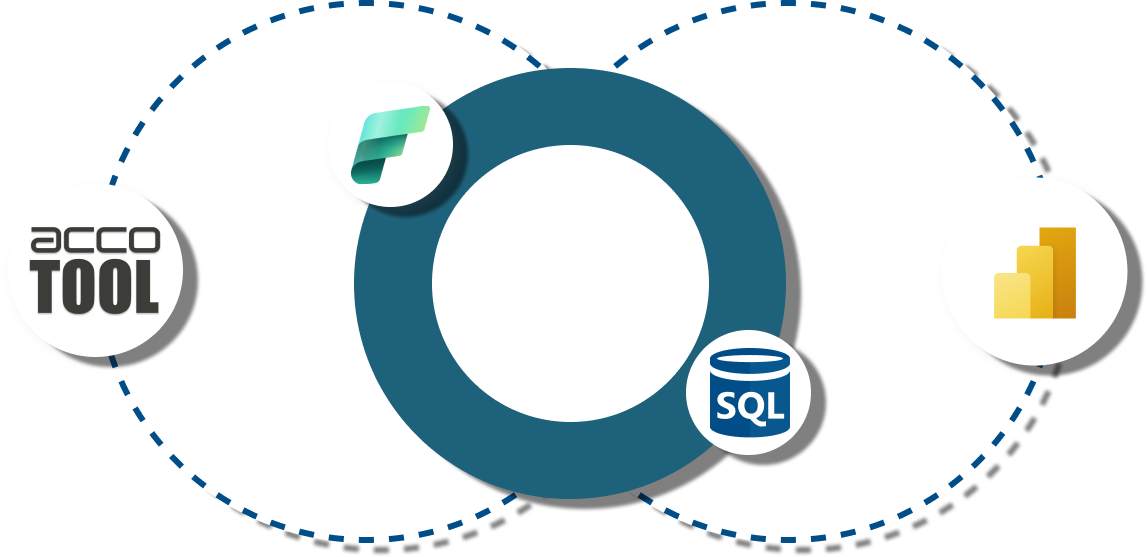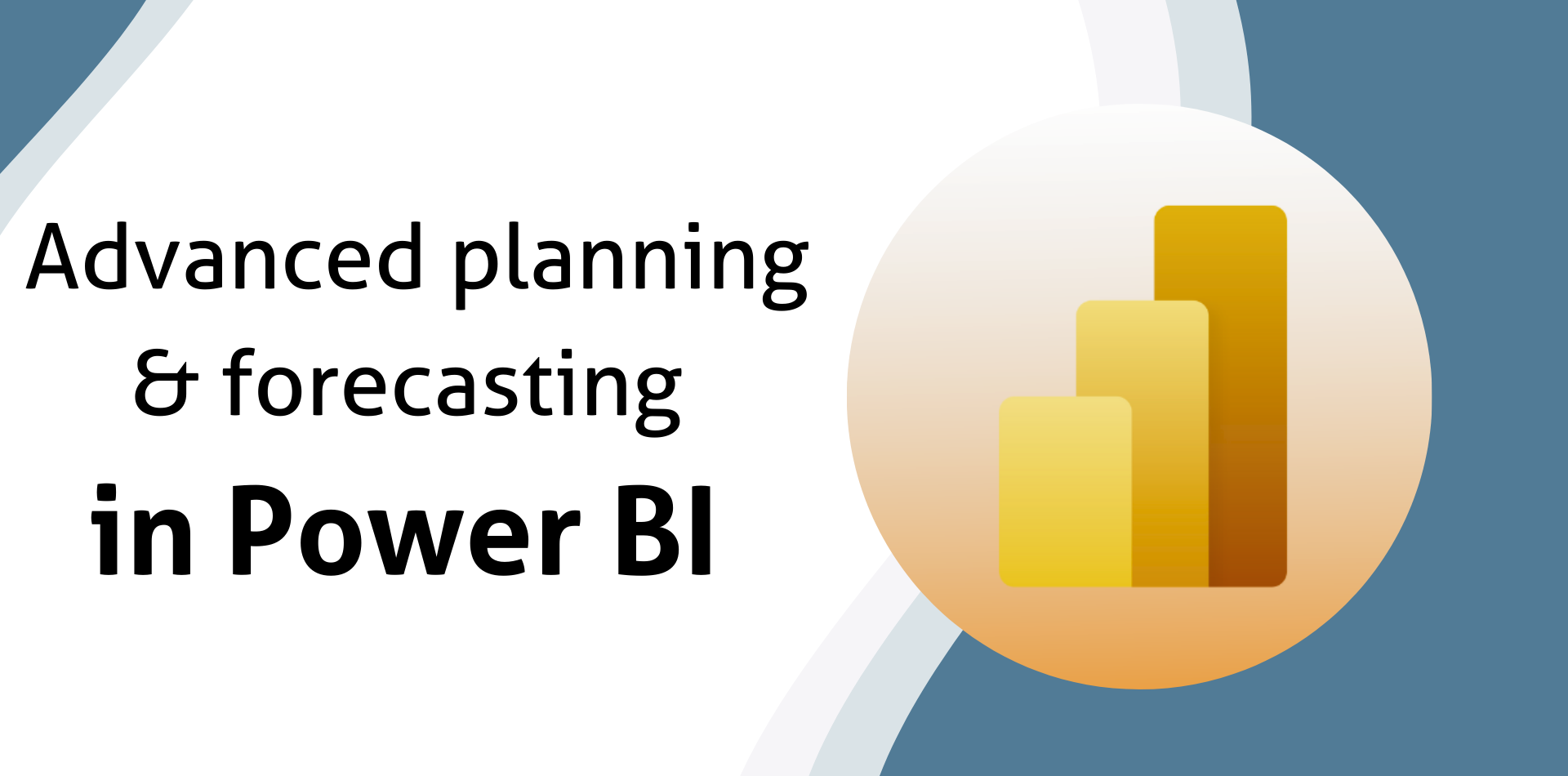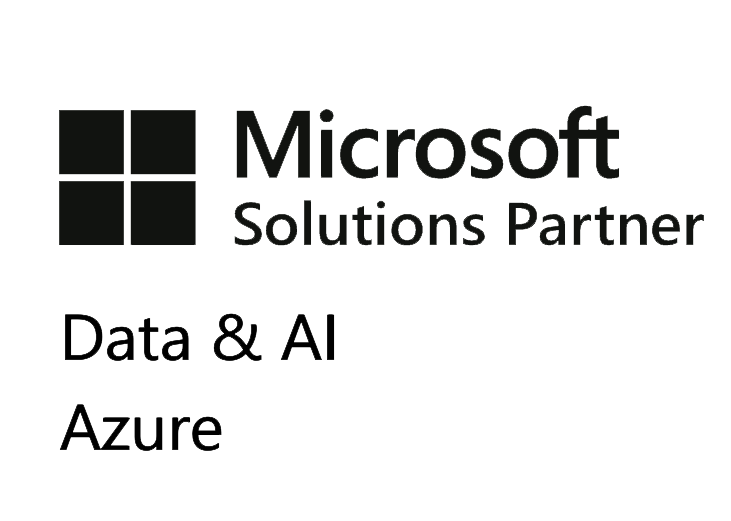Power BI Writeback Done Right: How to Pick the Best Translytic Solution
"Translytical" is yet another made-up term courtesy of Microsoft—presumably a mash-up of "Transactional" and "Analytical," because why settle for two clear words when you can create one confusing one? But once the Microsoft machine gets rolling, it won’t be long before it starts sounding perfectly natural.
In this blog we will get into...
1. What is Translytics?
What does it mean and why is it valuable?
2. Things to consider when choosing a solution
○ Solution Design
○ Identifying Business Needs
○ Flexibility, Features, Maturity
○ Security & Compliance
3. Conclusion
Making the right decision and reaping the rewards
What is Translytics?
Writeback, or "Translytics" as Microsoft now refers to it, is the ability to not only consume data in your Power BI report but also interact with it—changing, updating, or deleting data in your database or data warehouse.
This feature transforms Power BI from a one-way reporting tool into a two-way interactive system. Analysts consider it the third generation of FP&A tools, and Microsoft has called it one of Power BI’s greatest features ever. Several vendors have entered the market with writeback solutions, and Microsoft is also working on more native support for this capability. Previously, Microsoft’s approach relied on Power Apps, but many users found it clunky and inflexible.
Things to consider when choosing a translytical solution
With Microsoft's growing focus on translytical capabilities, choosing the right solution becomes increasingly important. Here are some key factors to consider.
1. Design of the Solution
The first factor to evaluate is the underlying technology and architecture of the solution. Many vendors claim to enable writeback inside Power BI, but the level of integration varies significantly.
Embedded Solutions vs. External Applications
At one end of the spectrum, some solutions embed their functionality within an “iframe“ inside Power BI. While this may look integrated in demos, it does not leverage the Power BI data model natively. Users must duplicate their data models, maintain security settings separately, and manage metadata and calculations in both systems. In these cases, Power BI functions merely as a display interface for a standalone application. This type of solution is often used when a company already has an FP&A tool and needs to support a demand from the business for Power BI integration.
Hybrid Solutions
Hybrid solutions can partially use the Power BI data model but still require external interfaces for metadata management and data uploads. This introduces additional complexity, such as maintaining user logins, security settings, and compliance considerations. Many enterprises may not allow company data to be uploaded to external interfaces due to security policies. Hybrid solutions may seem like an easy option for short-term needs, but they often come with limitations, additional costs, and compliance risks. These are typically chosen by decision-makers who are not deeply experienced with Power BI and are looking for a quick alternative to Excel.
Fully Integrated Power BI Solutions
The most seamless solutions are those designed to work as closely as possible with Power BI’s native infrastructure. These solutions do not require external interfaces, minimizing security risks and ensuring stability. They fully utilize Power BI’s features and functions both now and in the future. Since data remains securely stored within your database and tenant, these solutions are often the best choice for experienced Power BI developers seeking a robust, long-term approach.
2. Identifying Your Needs
Different business needs require different tools. Power BI writeback solutions can generally be classified into three categories:
Matrix Tools
Matrix tools are ideal for budgeting, forecasting, cost allocations, and resource planning. These tools allow users to interact with data similarly to how they would in Excel, using rows and columns with different dimensions such as accounts, organizations, time, or SKUs. Key features to look for in matrix tools include:
- Data allocation (splashing)
- Locking mechanisms
- Advanced formatting options
- Cell commenting
Table Tools
Table tools are useful for managing metadata, updating individual records, or adding/deleting unique rows. These tools are commonly used to maintain product lists, resource lists, and supporting tables for reporting or business logic. Essential features include:
- Validation rules
- Dropdown lists
- Locking mechanisms
- Date and time support
- Checkboxes and tags/multi-select capabilities
Comment Tools
Comment tools often function as extensions of matrix or table tools but are specifically tailored for adding textual insights. Microsoft Power Apps has traditionally been used for this purpose, though its functionality is considered clunky and inflexible. Microsoft's translytical features appear to focus on similar use cases with some limitations, although you do not need to struggle with Power Apps' infrastructure and licensing issues.
3. Flexibility, Features, and Maturity
Flexibility is critical for a successful implementation. Business requirements and successful implementations often hinge on minor details, so the more flexible a solution is, the better it can adapt to your needs. Flexibility is also linked to maturity—newer solutions tend to have fewer features, lower stability, and more limitations.
4. Security and Compliance
Security and compliance should always be top priorities when selecting a writeback solution. Key considerations include:
- Data Storage: Where is your data stored?
- Data Encryption: How is data secured during transport?
- User Interfaces: How many interfaces must be maintained?
For optimal security and compliance, select a solution that minimizes infrastructure, reduces data transport, and limits dependencies on external data models. It is essential that all data is stored within your own database and company tenant to ensure full control and compliance.
Conclusion
Selecting the right Power BI writeback (translytical) solution requires careful consideration of architecture, flexibility, business needs, and security requirements. Fully integrated solutions that minimize external dependencies generally offer the best performance, security, and long-term value. Understanding your specific needs—whether matrix tools, table tools, or comment tools—will also help ensure a successful implementation.
Want to know more about translytical solutions? Read more here or get in contact.





